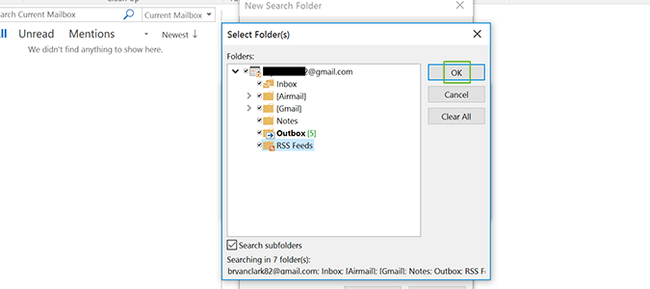

'remove sheet one from the destination workbookĪpplication.DisplayAlerts = True 'clean up the objects to release the memory 'now close all the open files except the new file and the Personal macro workbook. Sh.Copy After: = Workbooks(strDestName).Sheets(1) If wb.Name strDestName And wb.Name "PERSONAL.XLSB"

StrDestName = wbDestination.Name 'now loop through each of the workbooks open to get the data but exclude your new book or the Personal macro workbook Set wbDestination = Workbooks.Add 'get the name of the new workbook so you exclude it from the loop below 'turn off the screen updating to speed things upĪpplication.ScreenUpdating = False 'first create new destination workbook 'declare variables to hold the objects required
Office 2016 mail merge collate mac#
2. To open the VBA editor, use the Windows shortcut Alt + F11 or the Mac shortcut Opt + F11 or Fn + Opt + F11.1. Open all the Excel files that you want to combine.And while we won't be going into details regarding VBA, you can find descriptions for each part of the macros below. You can use the pre-created macros below. You won't have to learn a new programming language. It allows you to create macros to manipulate and automate your Excel processes.ĭon't worry.
Office 2016 mail merge collate how to#
How to Combine Excel Files Using VBA?Įxcel VBA (Visual Basic for Applications) is the programming language for Excel and all Microsoft Office products. This means that Mac users are unable to use this feature and instead will need to use VBA. However, this feature is only available in all Excel 2016 or later Windows stand-alone versions and Microsoft 365 subscription plans. Not only does it allow you to import Excel Workbooks, but you can also import other file formats, including text, CSV, XML, JSON, PDF, and more. The Get & Transform method might be one of the easiest to combine files from multiple sources together. This will open up the Query Editor, where you will have the ability to re-organize and filter data, manage rows and columns, and more. If you wish to manipulate the data before combining the files, press the "Transform Data" button. If the files are ready to be combined, press "Combine & Load". Press Get Data > From File > From Folder. Move all of the files you want to combine into one folder. It can also be used to combine multiple Excel files by adding them to one folder: Power Query (Get & Transform) allows you to import, edit, and consolidate data into Excel. How to Combine Excel Files Using Power Query? There are, of course, workarounds for this to hide the zeros in this case, but it's yet another additional step that makes this method even more complicated. In addition, when referencing blank cells, while you might think that they would stay empty, the cells will display a zero "0" in the master sheet. If you break one of the formulas or accidentally delete one of the files, you will end up with many #REF! errors that may be hard to fix. While this method allows you to protect your data by only using references to your files instead of pasting the values, it can be overly complicated.




 0 kommentar(er)
0 kommentar(er)
